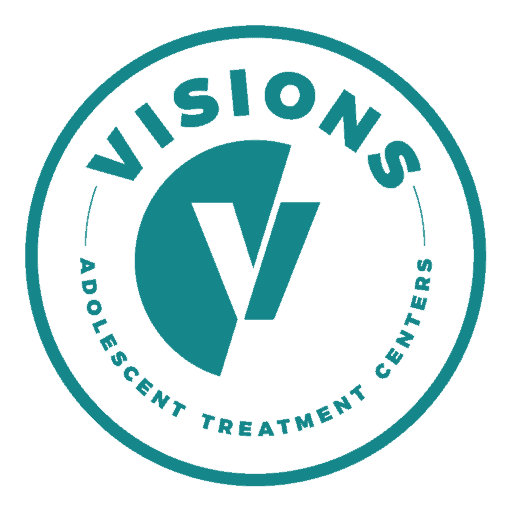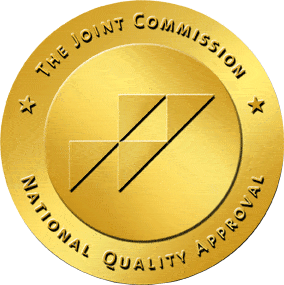POPULAR POSTS
- What You Need to Know about Liquid Marijuana March 12, 2025
- How Many Teens Have Depression (And How to Help) March 13, 2025
- Teen Male Body Image Issues Are a Thing March 12, 2025
- Multiple Personality Disorder Symptoms: 6 Signs of Dissociative Identity Disorder in Teens March 12, 2025
- Schizoid and Schizotypal: The Difference March 29, 2025



